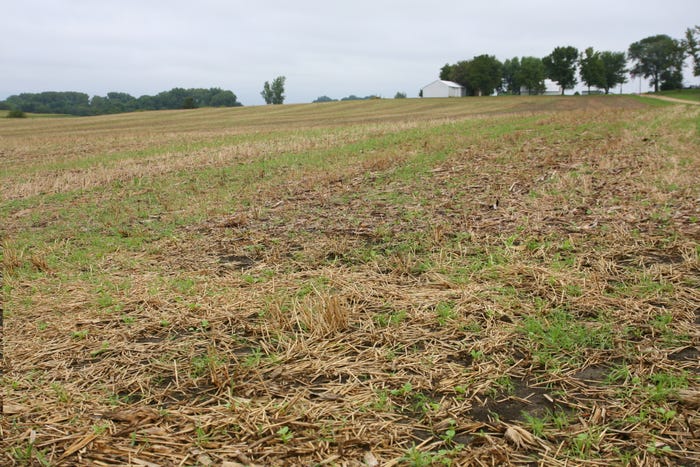January 22, 2018

Much of the current scientific understanding about the effectiveness of conservation practices used across America’s working lands comes from the Conservation Effects Assessment Project, a joint effort led by USDA's Natural Resources Conservation Service in partnership with multiple federal agencies, universities, non-government organizations, and agricultural producers.
CEAP assessments:
Tell the story of voluntary conservation’s success and growth over time.
Hold NRCS accountable, providing a credible way to measure outcomes and set targeted conservation goals.
Quantify the valuable conservation benefits of conservation measures in place for croplands, grazing lands, wetlands, wildlife, and watersheds of all shapes and sizes.
Help set targeted, site-specific conservation goals and evaluate conservation impacts across on nation's working lands.
Learn more about the impact of conservation by scrolling through the gallery of graphics.
Source: NRCS
You May Also Like




